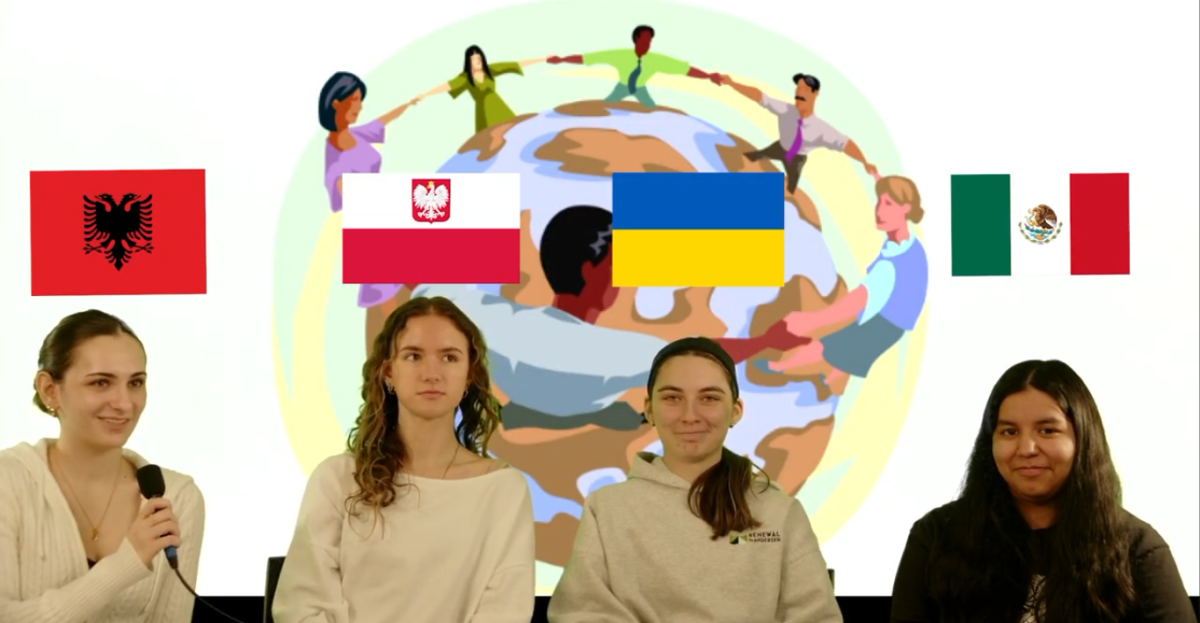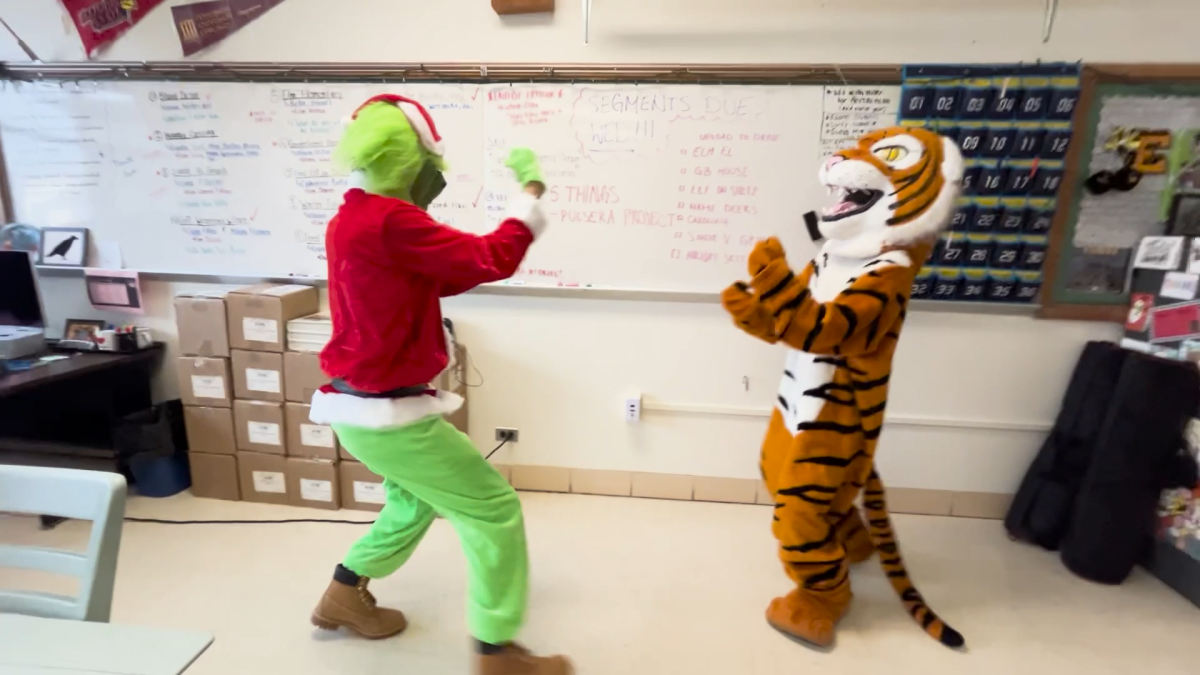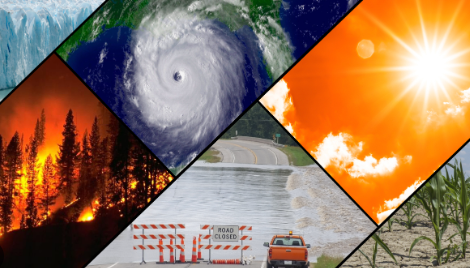Climate change is currently and rapidly affecting life on earth. The main causes of climate change are because of human activities, such as burning fossil fuels, like coal and gas which release greenhouse gasses into the atmosphere, deforestation, transportation, and agriculture. Tragically, people aren’t taking the action needed to preserve the planet. As a result, deserts are flooding, fires are destroying land, and plants are blooming in Antarctica. Here’s a look at some of the most troubling effects of climate change.
Plants:
Antarctica, the world’s coldest continent, is known for its clear water and unimaginable glaciers. It is home to over 235 species of animals and now home to two new plants.
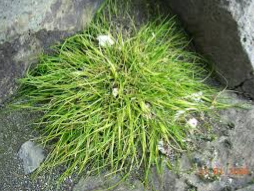
The Antarctic Pearlwort is a spongy looking green plant. It has yellow flowers and can grow to be around 5cm tall.
The Antarctic Hair Grass has a soft grassy look. It is a delicate plant with white flowers.
Warmer weather and warming ocean currents have resulted in livable habitats for plants to grow. Sun and water are all a plant truly needs to survive, and that is exactly what plants now have access to in Antarctica. This is a result of climate change.

For at least 34 million years, and possibly as long as 60 million years, Antarctica was covered in snow. The snow has been melting, creating a new environment for plants to bloom, creating new life, and wiping out existing life. Animals are losing their habitats as melting ice reduces the land available to them. Not only is the melting ice reducing land, but it is also causing global sea levels to rise by an average of three-quarters of an inch or more.
Hurricanes:
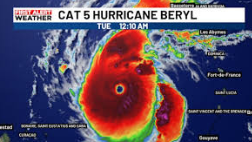
As of November 2024, there have been nine hurricanes this year, including four major ones. A hurricane is classified as major if it reaches Category 3, which means sustained winds of over 110 mph on the hurricane scale. The major hurricanes this year include Beryl, a Category 5; Helen and Kirk, both Category 4; and Milton, a Category 3.
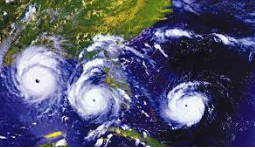
This sudden increase in hurricanes is caused by climate change. The ocean is warming because 90 percent of the excess heat from greenhouse gasses is absorbed by the ocean, causing a consistent rise in temperature. The warmer the ocean becomes, the more energy the storm gains, causing higher wind speeds. The faster the storm develops, the less time there is to predict how severe the storm will be. This means there’s less time to prepare and evacuate, which can lead to more damage and loss of life.
Flooding Deserts:
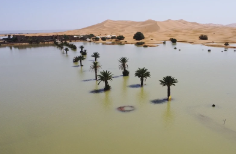
Southeastern Morocco‘s desert is among the most arid places in the world and rarely experiences rain in late summer. However, on Oct 14, 2024, Tagounite, a village about 280 miles south of the capital, Rabat, received more than 3.9 inches of rain in a 24-hour period. Due to a rapid increase in temperature, we see a huge impact worldwide. As glaciers slowly melt away, we see a rise in sea level, which affects the whole ecosystem on so many levels. In Antarctica, the loss of ice is reducing habitat for existing wildlife while contributing to rising flood levels on land. According to NASA’s research, “meltwater coming from these ice sheets is responsible for about one-third of the global average rise in sea level” since 1993.
Wildfires:
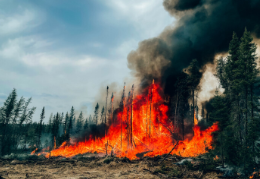
According to the National Interagency Fire Center, as of October 25, 2024, 16 large wildfires are currently active in the United States and have burned 1,112,048 acres. Roughly 5,200 wildland firefighters and support personnel are currently assigned to incidents, including six complex incident management teams, 92 crews, 301 engines, and 46 helicopters. Wildfires are worsening due to climate change. While the temperature rises, the landscape tends to dry out, making fires more likely to spread quickly. Another reason fires spread so quickly, alongside dry environmental conditions, is human activity. Humans are responsible for up to 90% of wildfires, often caused by accidental fires, discarded cigarettes, or intentional acts of arson.
Conclusion:
With climate change rapidly accelerating and our world becoming more at risk than ever before, it is important to take action in helping the planet out. Human activity—such as deforestation, greenhouse gas emissions, and pollution from power generation and manufacturing—is the primary driver of climate change. All these actions speed up and worsen climate change, doing the planet more harm than good.
Works Cited:
- National fire news. National Fire News | National Interagency Fire Center. (29AD). https://www.nifc.gov/fire-information/nfn
- NASA. (2024, January 30). Ice sheets. NASA. https://climate.nasa.gov/vital-signs/ice-sheets/?intent=121#:~:text=They%20are%20losing%20ice%20due,in%20sea%20level%20since%201993.
- 2024 atlantic hurricane season. Center for Disaster Philanthropy. (2024, October 16). https://disasterphilanthropy.org/disasters/2024-atlantic-hurricane-season/
- Topics. Florida Climate Center. (n.d.). https://climatecenter.fsu.edu/topics/hurricanes
- Jr., F. C., & Pulver, D. V. (2024, October 15). Beyond helene: Hurricane death toll tops 300 lives, with month left in season. USA Today. https://www.usatoday.com/story/news/weather/2024/10/15/hurricane-deaths-2024-helene-milton-atlantic-season/75678995007/
- Antarctic Hairgrass (Deschampsia Antarctica). iNaturalist. (n.d.). https://www.inaturalist.org/taxa/344042-Deschampsia-antarctica
- Antarctic Pearlwort (Colobanthus quitensis). iNaturalist. (n.d.-b). https://www.inaturalist.org/taxa/428806-Colobanthus-quitensis
















